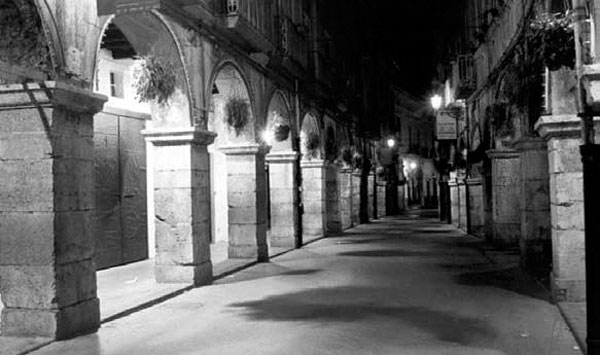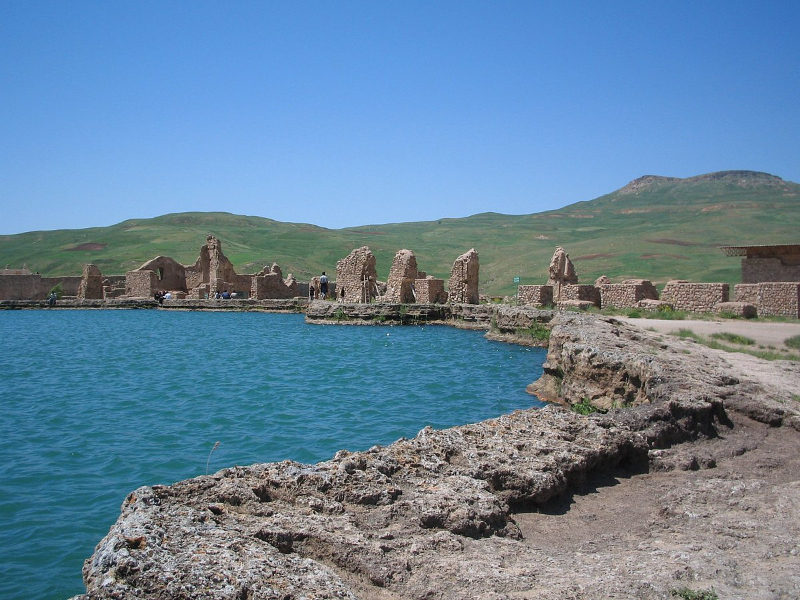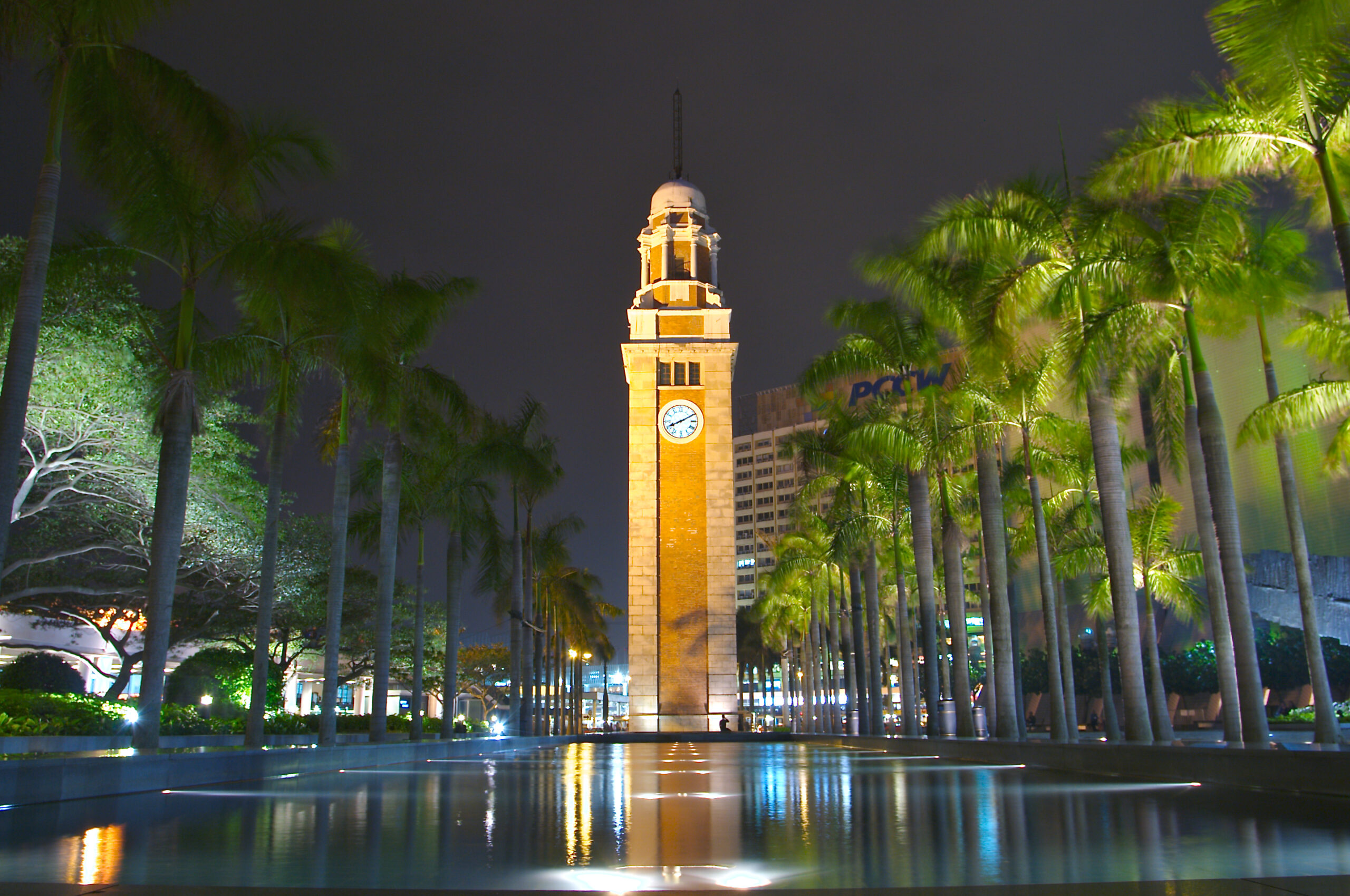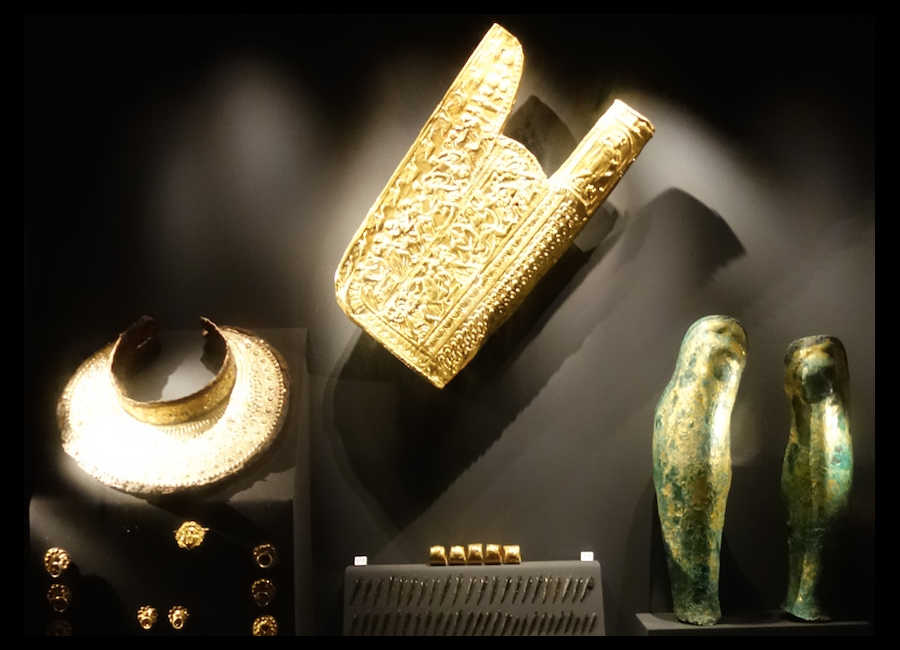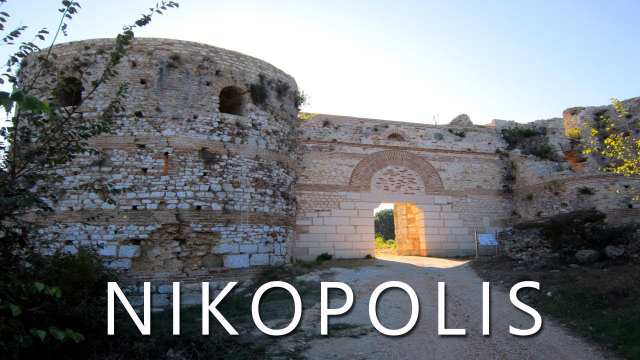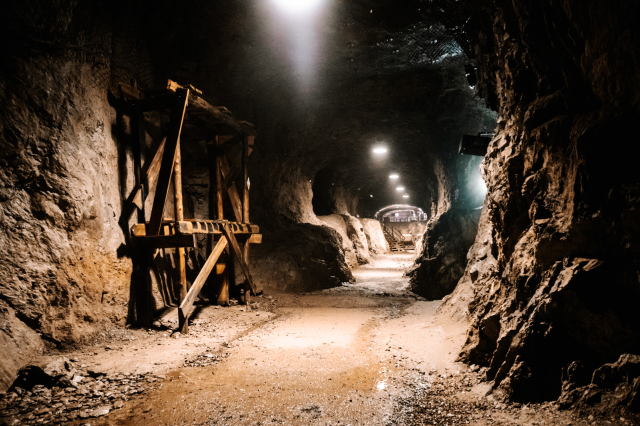The village is a pretty little town, whose main street, Corso Umberto I, is characterized by a succession of arcades; it lies on the Naples-Salerno-Battipaglia railway and the Salerno-Valle di Pompei electric tramway. A singularity of Cava are the so-called games, towers from which in October, pigeon shooting is practiced with stone throwing.
The magnificent basin of Cava dei Tirreni is covered with dense vegetation, and produces especially wine, oil, corn, vegetables, mulberries, tobacco; the cotton textile industry is of considerable importance there. To the west of the village, about 4 km. away, stands the famous Trinity Abbey.
Documents that record the history of Cava testify that before August 17, 1394, the day on which Pope Boniface IX with his own bull elevated "le terre de la Cava" to the dignity of a city, the lands of Cava had been inhabited by Etruscans, Romans of the Metellia dynasty, Lombards whose hunting habits have survived to the present day, Normans and Angevins.
In 1011 the Benedictine Abbey of the Holy Trinity was founded, which over the years acquired important feudal and jurisdictional rights over the entire Cavese territory.
About a century later the village of Corpo di Cava was built surrounded by walls and ramparts. Between the 14th and 15th centuries, the Borgo Scacciaventi developed, a fine example of a commercial center, characterized by arcades with round arches.
Between the 1700s and 1800s, Cava was the destination of famous artists, and many exponents of the "Naples Landscape School," such as Morelli, Gigante, Poussin, and Palizzi painted their works there. From the 18th century until the early 20th century it was the destination of illustrious travelers such as Goethe, Lady Blessington, Walter Scott and John Ruskin who were deeply impressed by its beauty.
